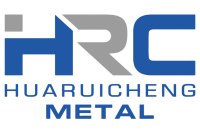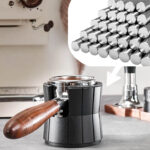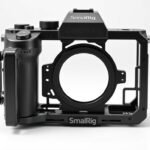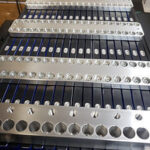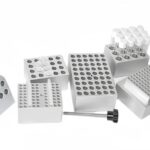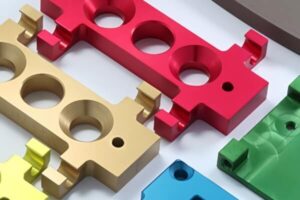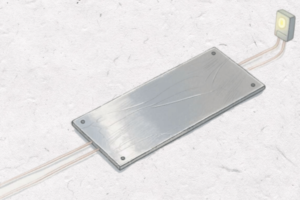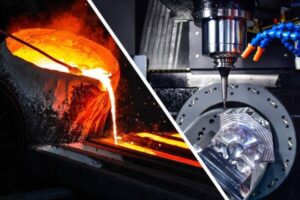The debate on which manufacturing technology is better is growing. CNC machining and 3D printing are at the center of this discussion. Each has its own strengths and uses, making it hard to decide which is superior. This article will look into the key differences between CNC and 3D printing, focusing on precision, material use, and cost.
By understanding these aspects, readers can make better choices for their projects. This knowledge helps in deciding which technology fits their needs best.
In this 3D printing comparison, we’ll see how these technologies shape the production world. We aim to help you make informed decisions that meet your project’s goals.
What Is CNC Machining?
CNC machining uses computers to control machinery for making things. It lets us make parts from metals, plastics, and more. This method is great for making complex shapes and high-quality finishes.
First, we design a CAD model. Then, we turn it into instructions for CNC machines. There are many CNC machines, like milling machines and lathes. Each one does a different job in making things.
CNC machining has changed how we make things. It has made machines more efficient and accurate. This is why it’s so important for industries like aerospace and medical equipment.
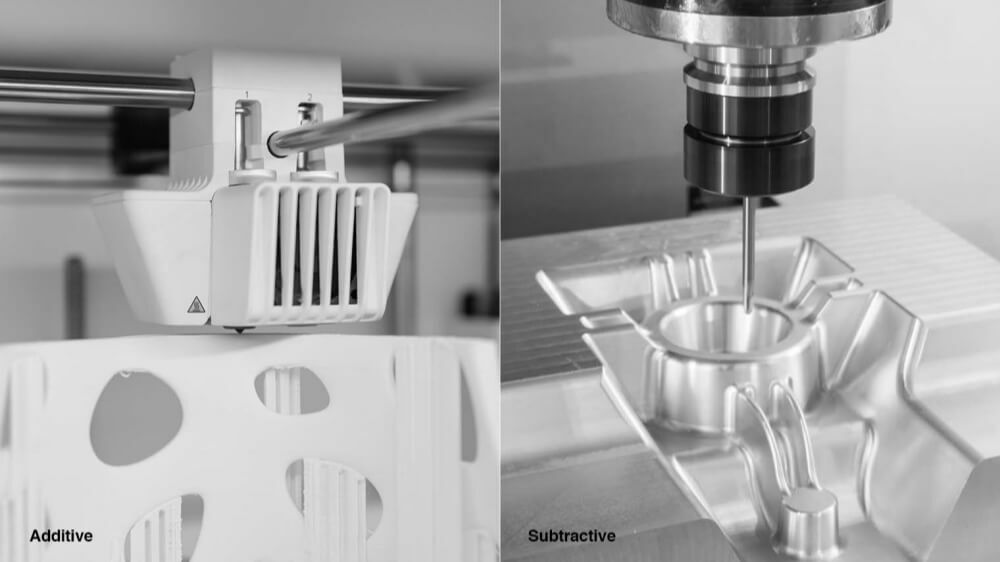
What Is 3D Printing?
3D printing, also known as additive manufacturing, is a new way to make things. It builds objects layer by layer from digital designs. This is different from old ways of making things, like cutting or molding.
There are many 3D printing methods, but Fused Deposition Modeling (FDM) and Stereolithography (SLA) are the most common. FDM uses melted plastic to build objects, while SLA uses a resin that hardens under light.
FDM is great for making things that work well, and it’s easy to find and use. SLA, on the other hand, makes very detailed prints. Each method has its own strengths.
3D printing is used in many fields, like aerospace, cars, and healthcare. It’s used for quick prototypes and even for making final products. Metal 3D printing is especially cool because it can make shapes that are hard to make with old methods.
This technology has changed how we make things. It makes production faster and more flexible. 3D printing is a big deal in today’s world.
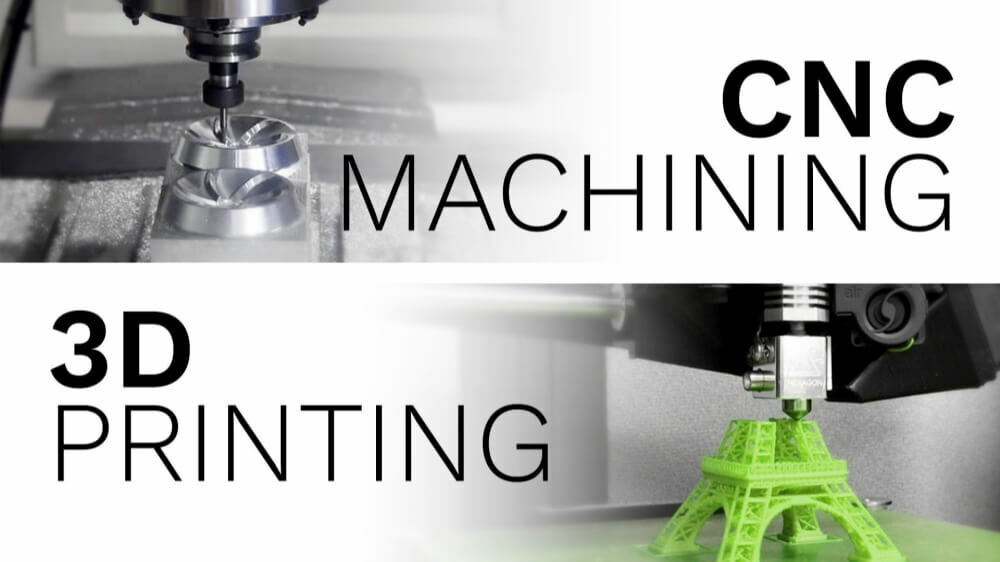
What’s the Difference Between CNC Machining and 3D Printing?
CNC machining and 3D printing are two different ways to make things. CNC machining takes away material from a solid block to shape it. This method is very precise, perfect for detailed designs and parts that need to fit just right.
On the other hand, 3D printing adds material layer by layer to create objects. It’s great for making complex shapes that are hard to make with traditional methods.
Speed and making lots of the same thing are where CNC machining shines. It can quickly make many parts at once. But, 3D printing takes longer for big projects because it builds up layer by layer.
Costs are another thing to think about. CNC machining might cost more to set up, but it’s cheaper for making lots of parts. 3D printing can be cheaper at first, but gets expensive for big orders.
In short, choosing between CNC machining and 3D printing depends on what you need. Think about how precise you need it, how fast you need it, and what materials you want to use.
| Feature | CNC Machining | 3D Printing |
|---|---|---|
| Production Method | Subtractive | Additive |
| Precision | High | Moderate |
| Speed | Faster for large runs | Slower, especially for large quantities |
| Material Waste | Higher | Lower |
| Cost Effectiveness | Better for high volume | Better for low volume |
Comparing Materials Between 3D Printing and CNC Machining
Knowing the materials used in CNC machining and 3D printing is key for smart choices in making things. The materials used greatly affect how well a product works, looks, and feels. CNC machining and 3D printing each need different materials, showing important differences.
Material Considerations for CNC Machining
CNC machining uses many materials to make precise parts. Important things to think about include how easy it is to machine the material, its strength, weight, and how it handles heat. When picking materials for CNC, think about the tools needed and the finish you want.
What Are the Most Common CNC Materials?
Many materials are used in CNC machining, each for different uses:
- Aluminum: It’s light, doesn’t rust, and is very popular for CNC work.
- Steel: Strong, it’s often used for building things.
- Titanium: It’s very strong, light, and doesn’t rust, great for planes.
- Plastic: Used for making prototypes, plastics can be shaped in many ways.
- Composites: Mixing materials like carbon fiber with resin makes things stronger and lighter.
Material Considerations for 3D Printing
3D printing uses many different materials, affecting how well the printed things work and look. Things like how well the layers stick together, how fast it prints, and what it needs after printing are important. Knowing what you need for your project helps choose the right 3D printing material.
What Are the Common 3D Printing Materials?
There are many materials for 3D printing, depending on the technology used. Some common ones are:
- PLA (Polylactic Acid): It’s biodegradable, good for prototypes and learning.
- ABS (Acrylonitrile Butadiene Styrene): It’s tough, great for parts that need to work well.
- Nylon: Strong and flexible, used in cars and factories.
- Metal Powders: Used in metal 3D printing for detailed parts.
- Bio-materials: Used in healthcare for making things like organs.
Choosing the right material for CNC machining and 3D printing is very important. It affects how the product is made and how it works and lasts. Knowing about common materials in both fields helps make better products.
Surface Finish Quality of Machined and Printed Parts
Surface finish quality is key for both durability and looks of parts. CNC machining and 3D printing show big differences in finish. CNC parts are smoother because they remove material from a solid block. This makes CNC parts better for tight tolerances and a shiny look.
3D printing, however, shows layer lines and can look rougher. This is because it adds material layer by layer. But, new 3D tech and post-processing have made printed parts look smoother and nicer.
What affects the finish includes material choice, CNC toolpaths, and 3D print settings. Both methods have ways to improve the finish, like sanding or polishing. Knowing these differences helps manufacturers pick the right tech for their needs.
Is CNC More Affordable Than 3D Printing?
When we compare CNC to 3D printing, several factors are important. First, think about the setup costs. CNC machining needs special equipment and precise setup, which can be expensive. On the other hand, 3D printing has lower start-up costs, making it good for small projects.
Material costs are another big factor. CNC machining uses high-quality materials, which are pricey but last longer. 3D printing, however, uses cheaper thermoplastics. This affects the cost of CNC services, as different materials mean different prices.
Production time also matters when talking about cost. CNC machining is usually faster than 3D printing once it’s set up. This speed helps keep costs down, especially for big orders. But 3D printing takes longer for big batches, which can raise costs.
Finally, think about economies of scale. CNC machining is better for big orders because it can make many parts quickly. Small 3D printing projects might seem cheap at first but can get expensive if you need more.
Is It Possible for 3D Printing to Replace CNC Machining?
The growth of additive manufacturing advancement makes us wonder if 3D printing can replace CNC machining. 3D printing can create complex shapes that traditional methods can’t. It also allows for quick design changes and prototyping, helping manufacturers to innovate faster.
But, there are still big challenges. CNC machining is usually faster than 3D printing for making parts. CNC also gives better surface finishes, while 3D printing can have layer lines and be less consistent.
Choosing materials is another problem for 3D printing. Even though it can use more materials now, CNC machining can work with more metals and hard materials. As we look to the future, companies are working on new 3D printing tech to overcome these issues.
| Criteria | 3D Printing | CNC Machining |
|---|---|---|
| Speed | Slower for larger parts | Faster for mass production |
| Material Variety | Limited but expanding | Broad range of options |
| Surface Finish | Less precise | High precision and quality |
| Design Complexity | Highly complex geometries | Complex but limited by tooling |
In summary, the relationship between 3D printing and CNC machining is complex. As both fields advance, manufacturers need to think about their specific needs. Watching the market closely is key to deciding the future of advanced manufacturing.
Is 3D Printing Better Than CNC Machining for Producing Prototypes?
The debate between 3D printing and CNC machining for prototypes is ongoing. 3D printing is known for its rapid prototyping capabilities. It allows designers to create complex shapes quickly, perfect for initial tests and design tweaks.
On the other hand, CNC machining is known for its precision and reliability. It’s great for parts that need to work well in real life. CNC machining offers a level of detail and durability that 3D printing might not match.
Choosing between 3D printing and CNC machining depends on your prototype’s needs. If speed and design flexibility are key, 3D printing is the way to go. But if precision and functionality are more important, CNC machining might be better. Think about what your project needs to decide.
